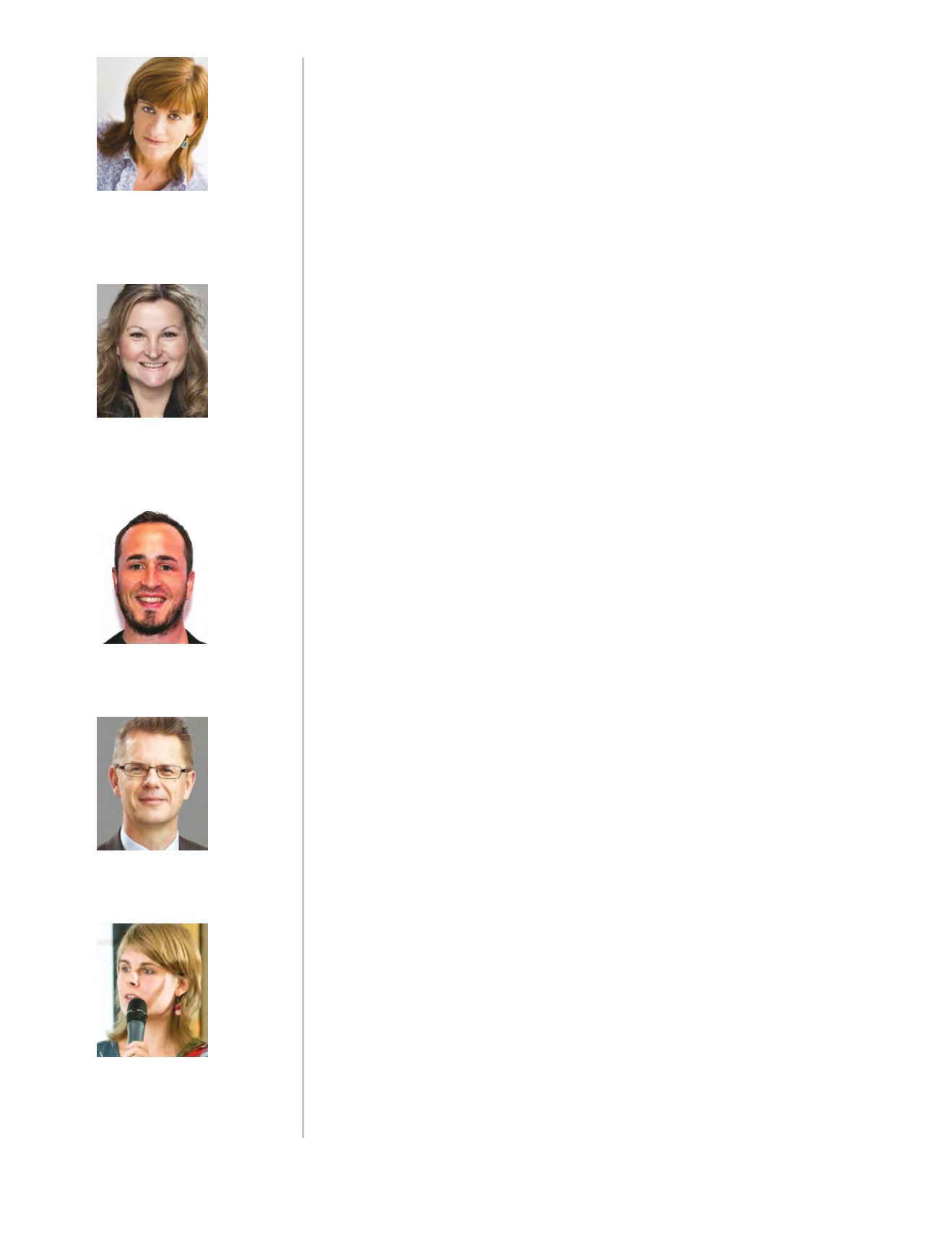

32
// PUBLIC GAMING INTERNATIONAL // November/December 2016
SYNOPSIS:
The consensus is that Lottery should not try to become something that
it is not. More people love and play Lottery than any other game-of-chance. We should
build on our strengths and enhance the attributes of Lottery games that make them so
appealing. Trying to develop games and promotional strategies to appeal to casual gamers
is misguided. Casting a wider net of third-party partnerships could help to drive more
creative game development. But the model of enlisting thousands of developers, the way
that Apple does, to create a plethora of Mobile apps for Lottery is not a good fit for gov-
ernment-gaming. In spite of significant benefits, there are obstacles to the implementation
of APIs across jurisdictional boundaries. Data analytics will be increasingly important
tools to enable Lottery to stay aligned with consumer trends and lifestyles.
Paul Jason:
What technological innovations/initiatives have enhanced internal opera-
tions, IT scalability and flexibility, or efficiencies for you?
Anita Bánki:
Director of Marketing Communications, Szerencsejáték Zrt, Hungary: The
omni-channel approach is an integral part of our growth and development philosophy. Szerenc-
sejáték Zrt. is using sports-betting as the pilot for such developments, since this type of gambling
is the most dynamic, information-intensive of all the different gaming categories. Our goal is to
migrate players to digital screens, and preferably to their own devices, instead of the traditional
printed betting offer and bet-slips. The introduction into the retail environment of live betting
on thousands of events in different markets is driving change and innovation. The sports-betting
market is being transformed by technology much more quickly than the other gaming categories.
That is why we are focusing on sports-betting as the pilot to acquire the most advanced tools,
technology solutions, and strategies that will be applicable to other gaming categories as well.
Project AEGIS (Advanced Entertainment Gaming and Information System) incorpo-
rates a big improvement that will help us in the coming years in user management and ter-
minal-usage. The project (consisting of two pillars, the first ending in August 2015) aims
to integrate and widen different kinds of gaming and entertainment information, from
potential customer card service to gaining takeover-reminders. The new system made pos-
sible the renewal of our most popular betting game (Tippmix). It allowed us to offer more
game events, reach more markets, do quicker data processing, and create the possibility
to offer live betting. We hope to integrate further internal services that can indirectly in-
fluence the gaming experience of the players and the effectiveness of the communication
with our retailers (faster service, effectively using advertising material, etc.).
Lene Finstad:
Technological development has major implications for all lottery opera-
tions. We already see a big shift towards the need for a lot more human resources on the
customer-facing front, especially as more and more of the customer traffic migrates from
our retail networks over to our direct digital channels. The need for operational resourc-
es increases dramatically. To manage this, it is necessary to have even more automation
and efficiency on technical and back-office operations. The technology is more and more
Applying Technology
to Drive Progress in the
Government-Gaming Sector:
A Roundtable Discussion
with Five European Lottery
Industry Leaders
Anita Bánki
Director of Marketing
Communications,
Szerencsejáték Zrt, Hungary
Lene Finstad
Executive Vice President
Products and Brands,
Norsk Tipping, Norway
Vincent Pauly
Web Product Manager,
Loterie Nationale Luxembourg
Jari Vähänen
Senior Vice President, Business
Development & Strategy, Veikkaus
Ellen VandenBerghe
Business Development
& Innovation Manager,
Nationale Loterij, Belgium



















